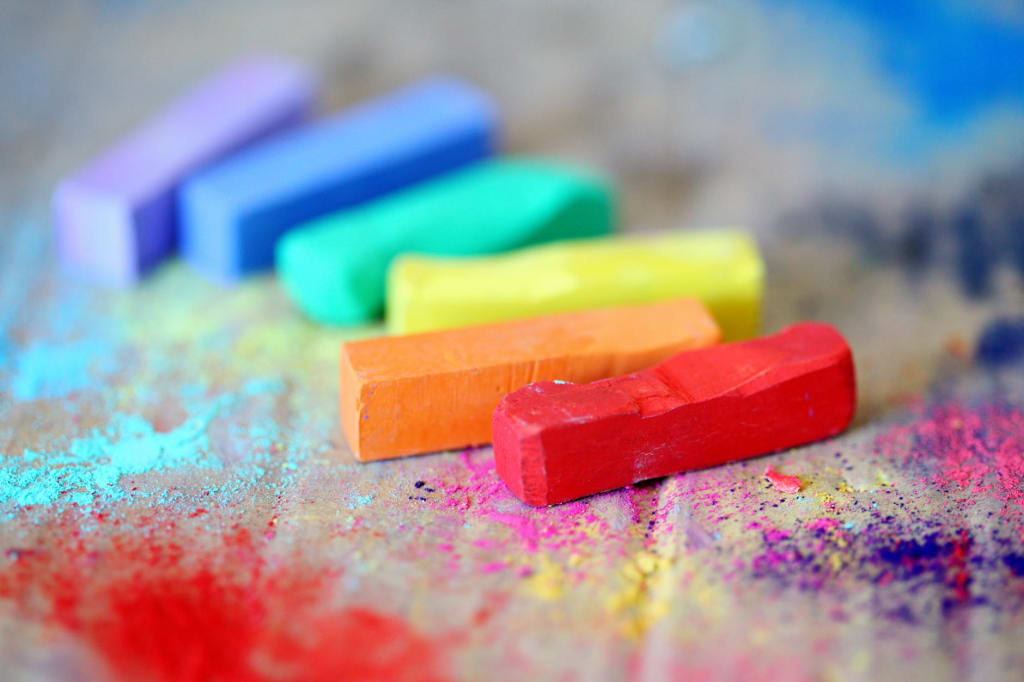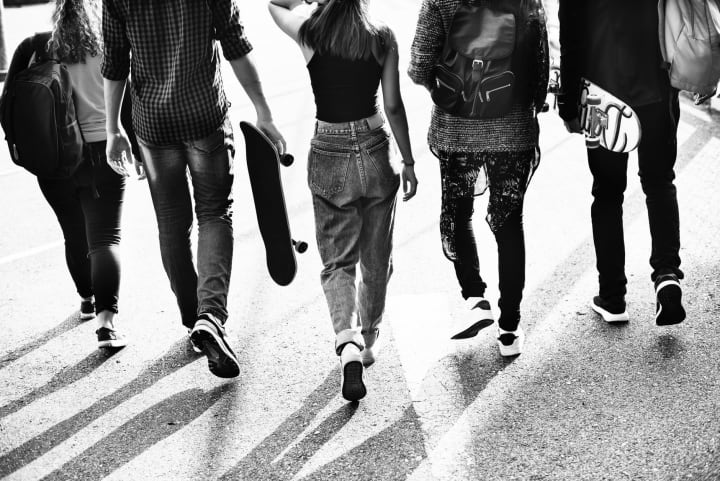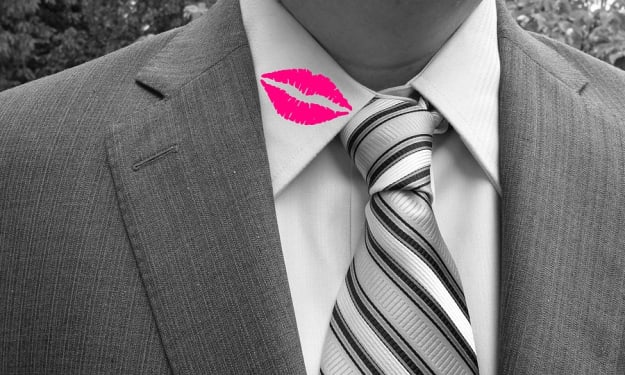Diversity and Unconscious Biases
In recent years, interest in everything related to Diversity and Inclusion has grown to become a fundamental and strategic pillar of organizations.

In recent years, interest in everything related to Diversity and Inclusion has grown to become a fundamental and strategic pillar of organizations when it comes to attracting and retaining the best talent, adapting to the new social paradigm that talks about adding capabilities. But, what is and what is not Diversity and Inclusion when we talk about it in the business world?
Diversity is the ability to recognize the richness of difference, the right to be different, and that it adds and does not subtract.
Diversity of gender, culture, generations, different capacities, LGBTI... which entails a new way of understanding society from an inclusive point of view.
An inclusion that facilitates, that broadens work horizons, but also business horizons, a realistic and necessary inclusion.
Although more and more companies are interested in it, and are experiencing significant advances in Diversity and Inclusion issues, the data reveal that there is still a long way to go to achieve equality when it comes to promoting the talent of people regardless of their gender, race, sexual orientation, age, or different abilities.
What is holding us back from accelerating the promotion of diversity?

Beyond the good intentions we all have to speed up and contribute to creating more inclusive organizations, we find ourselves with one of the barriers that most restrain the engine of change: our UNCONSCIOUS BIASES. Biases that are present in our professional interactions, and limit our perception of the talent of others.
A Cognitive Bias is a psychological effect that produces a deviation in mental processing, leading to a distortion, inaccurate judgment, illogical interpretation, or what in general terms is known as irrationality, which is given on the basis of the interpretation of available information, even if the data are not logical or unrelated to each other.
Cognitive Biases are by definition an individual phenomenon linked to our way of thinking.
The first step in minimizing them is to assume that we all have them, and it has nothing to do with our intelligence.
From an early age, through education, uniformity of thought, homogeneity, and similarity are fostered...
We have all received messages of race, gender, various themes. This means that little by little we are establishing patterns of action conditioned by everything we receive from our environment.
How are we going to get out of our comfort zone? How can we do this if we can't even imagine a new reality? We will have to start by recovering the imaginative capacity.
This means that the first thing we have to do to be able to carry out changes is to make our reality so that we each feel conscious, and explore it to see that our social behavior is conditioned by all the messages we have received, and is not under our rational control.
We can perfectly well believe in equality and non-discrimination, and at the same time show unconscious prejudices towards certain collectives.
To prove it, just take 10 minutes, and take one of the free tests on the Implicit Association Test (IAT) page. This test will allow you to check our unconscious preferences towards men or women, obese or thin people, homosexuals or straight people...
You will notice that there are several cognitive traps that make it almost impossible to think clearly, and that are conditioning your interactions in your workplace.
Diversity and Unconscious Biases

Diversity can be more than just a requirement. You can take it as a personal challenge, and see how your actions can make the world a better place and create healthier organizations where everyone can be genuine, authentic, and develop their full potential.
We can work the theory of Diversity where we will land a few concepts or truly commit ourselves to change and carry out the practice of Diversity, so we can start by making change in ourselves with three basic principles that you can start working on right now:
- Find out what messages you have received that have become prejudices and are conditioning your interactions in the workplace, and deal with them.
- Stop being so critical of what's different from you, and start exploring how this can help you broaden your outlook and enrich yourself.
- Use the golden rule "Treat others as you would like to be treated"; be respectful, kind, and compassionate.
Diversity and Unconscious Biases

In the end, Diversity is about love and the way we treat people, thousands of exclusions could be avoided simply by assuming that, because they are different, it doesn't mean they are less.
What kind of organizations and world would we have if this kind of approach could be massified? We only have the present to be able to program the future.
The commitment to Diversity and Inclusion does not end in a goal, it is a way of life.
Each of us has the opportunity to get up every day and do things in a different way.
As Jim Stovall said, "Integrity is doing the right thing, even if no one is looking at you." It's about individual commitment, which means open-mindedness. Adding difference, adding life.
About the Creator
HowToFind .com
More info at https://howtofind.com






Comments
There are no comments for this story
Be the first to respond and start the conversation.